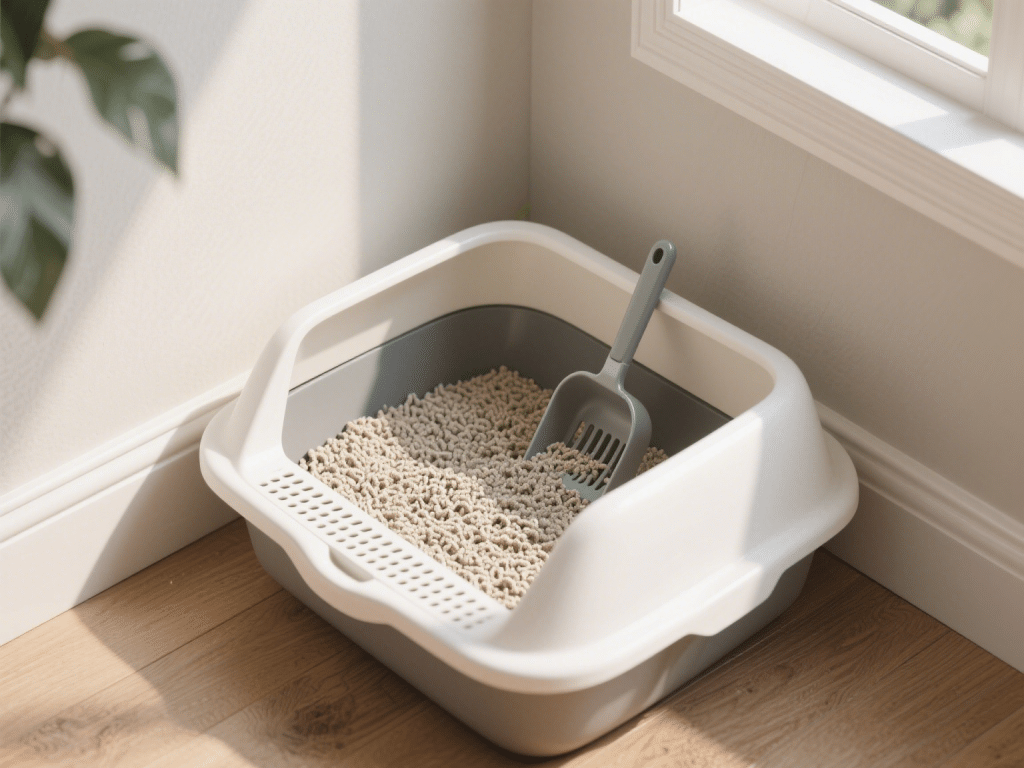
Crafting the Ideal Litter Box Routine: Cleanliness, Placement, and Litter Choices
Maintaining an immaculate litter box routine is foundational to a stress-free home and a h...
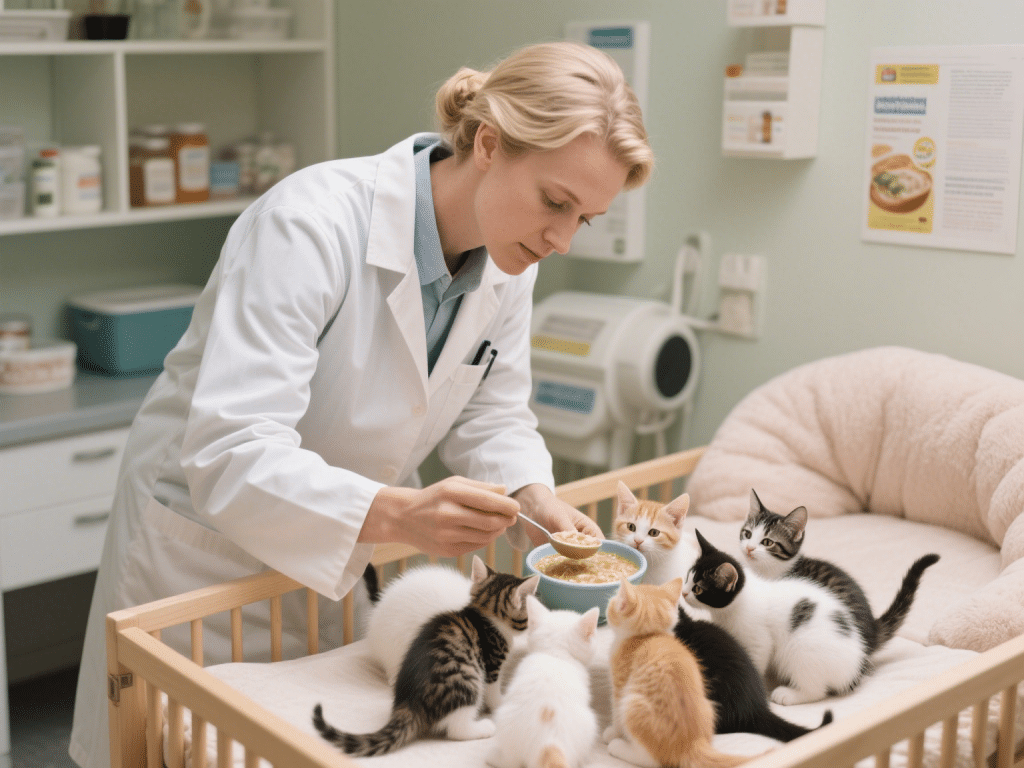
Weaning is a critical developmental phase for kittens, typically occurring between four and eight weeks of age. An improper transition can lead to nutritional deficiencies, digestive upset, or aversion to solid food⁵. Drawing on 10 years as a feline nutrition specialist, I’ve refined a step-by-step weaning protocol that supports healthy growth, strong immune function, and positive feeding behaviors.
Why a Structured Weaning Plan Matters
Kittens rely on maternal milk for antibodies and balanced nutrients. Rapid or inappropriate weaning risks gastrointestinal imbalances and stunted development. A controlled, gradual introduction to solids fosters proper tooth eruption, jaw development, and digestive enzyme adaptation.
1. Preparing the Starter Diet
Premium Kitten Formula: Continue offering high-quality commercial milk replacer until four weeks.
High-Protein Gruel: Mix 1 part wet kitten food with 2 parts replacer; whisk to a porridge consistency. Include probiotics to ease gut flora transition.
2. Week 1 (4–5 Weeks): First Tastes
Feeding Schedule: Offer gruel thrice daily after milk sessions. Limit gruel to 2–3 teaspoons per feeding.
Encouragement: Gently place whiskery kittens’ paws on the bowl rim. Use a damp fingertip to entice licking.
Observation: Look for signs of diarrhea or decreased appetite—adjust consistency or frequency accordingly.
3. Week 2 (5–6 Weeks): Increasing Solids
Thicker Gruel Ratio: Shift to 1 part replacer : 1 part wet food.
Introducing Dry Kibble: Offer a shallow dish of moistened kitten kibble. Encourage exploration rather than forced eating.
Dental Development: Include soft chew toys to strengthen teeth and jaws during eruption.
4. Week 3 (6–7 Weeks): Transitioning to Solid Food
Wet Food Focus: By seven weeks, kittens should consume predominantly canned food with minimal replacer.
Dry Food Availability: Provide fresh, dry kitten kibble at all times. Monitor intake and ensure water is accessible.
Behavioral Cues: Kittens that refuse solids may need slower progression—revert to previous consistency temporarily.
5. Week 4 (7–8 Weeks): Fully Weaned
Complete Switch: At eight weeks, kittens should exclusively eat solid wet and dry food.
Nutritional Balance: Choose diets meeting AAFCO kitten growth requirements—minimum 30% protein and 1.5% calcium.
Feeding Frequency: Offer four small meals daily to mimic frequent nursing behaviors.
Monitoring Growth & Health
Weekly Weights: Aim for 100–120 grams gain per week.
Stool Quality: Should be firm and brown; loose stools warrant probiotic supplements or diet adjustment.
Hydration Check: Ensure kittens are drinking water; skin tent test under scruff for hydration status.
Case Study: “Luna & Leo”
A litter with initial digestive upset overcame loose stools by incorporating a feline-specific probiotic and slowing transition in Week 2. By Week 4, both kittens met growth milestones and exhibited strong appetites for dry and wet diets.
Common Pitfalls & Solutions
Premature Dry Food Introduction: Leads to choking or GI distress—moisten kibble for first exposures.
Skipping Gruel Stage: Direct shift from milk to dry can cause refusal—always start with porridge consistency.
Overfeeding Milk Replacer: Displaces appetite for solids—strictly limit replacer volume after Week 1.
Conclusion
A carefully timed, step-by-step weaning protocol ensures kittens develop strong digestive systems, healthy growth patterns, and positive feeding behaviors. By gradually shifting textures and monitoring health, you’ll set the foundation for a lifetime of optimal feline nutrition. Patience and close observation are key—each kitten may progress at its own pace.

Maintaining an immaculate litter box routine is foundational to a stress-free home and a h...
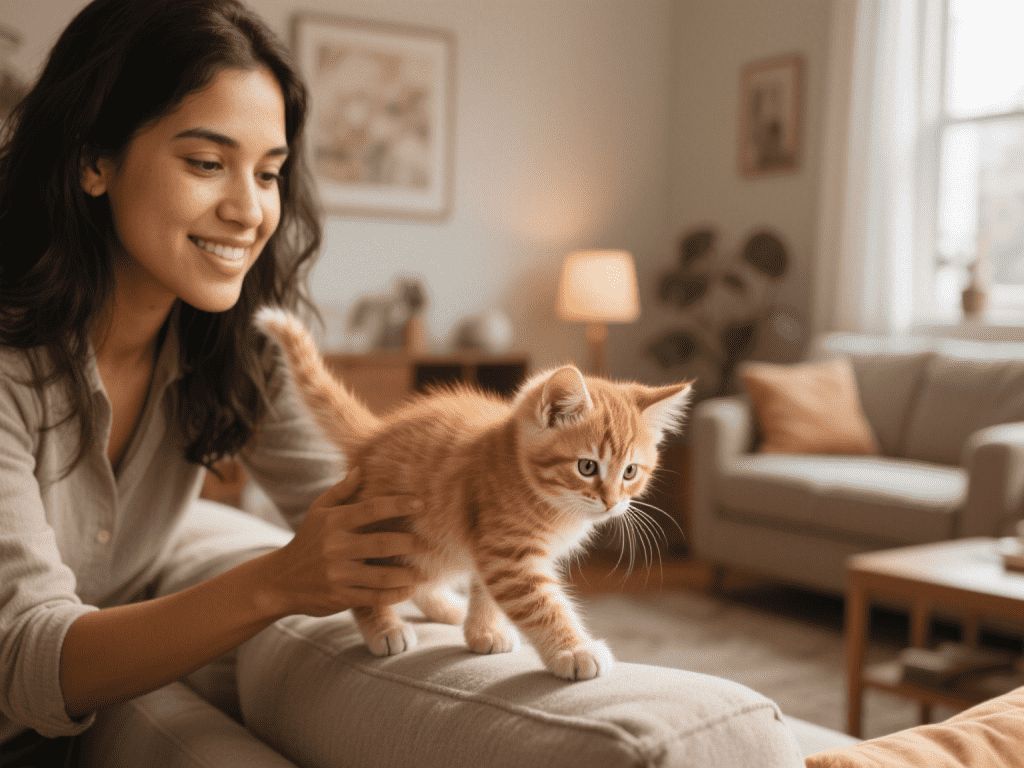
Welcoming a new kitten into your home is a magical journey filled with tiny toes, wobbly f...
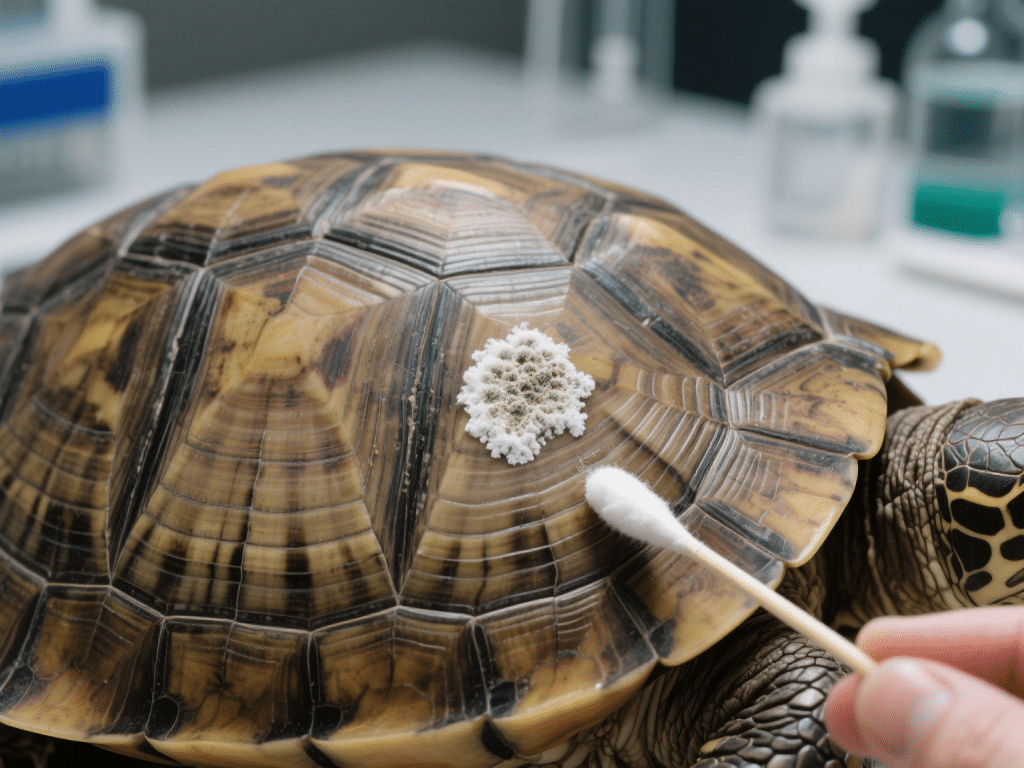
Shell rot—a bacterial or fungal infection of the carapace and plastron—presents a sign...
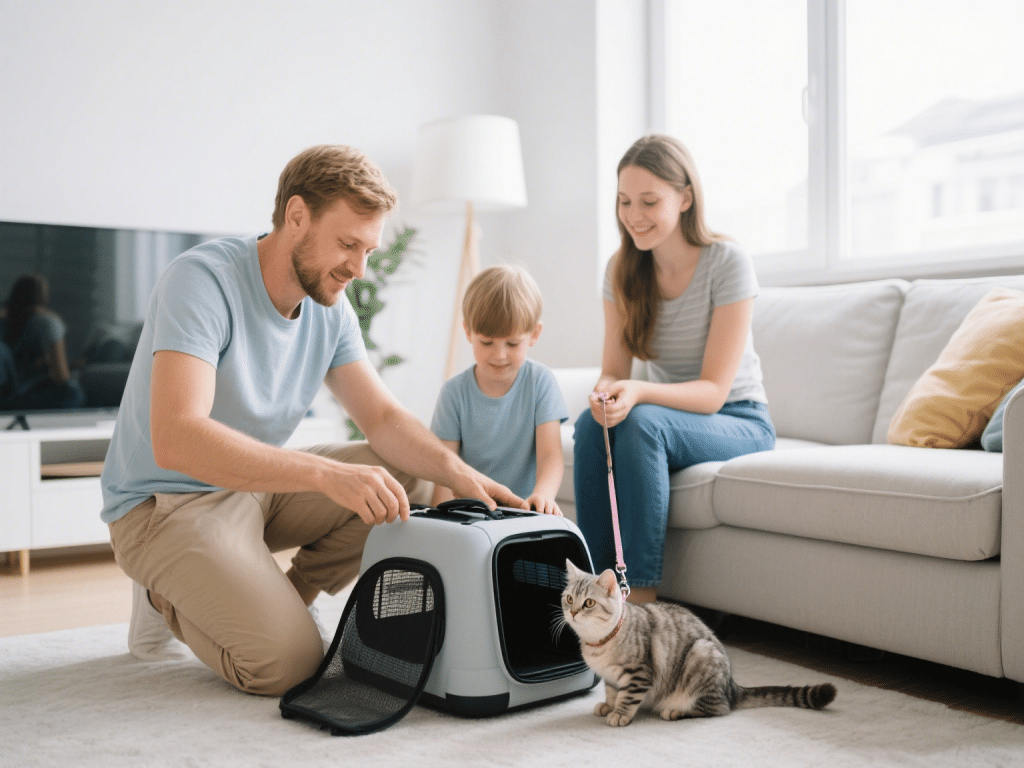
IntroductionTraveling with cats demands careful planning to minimize stress for both felin...
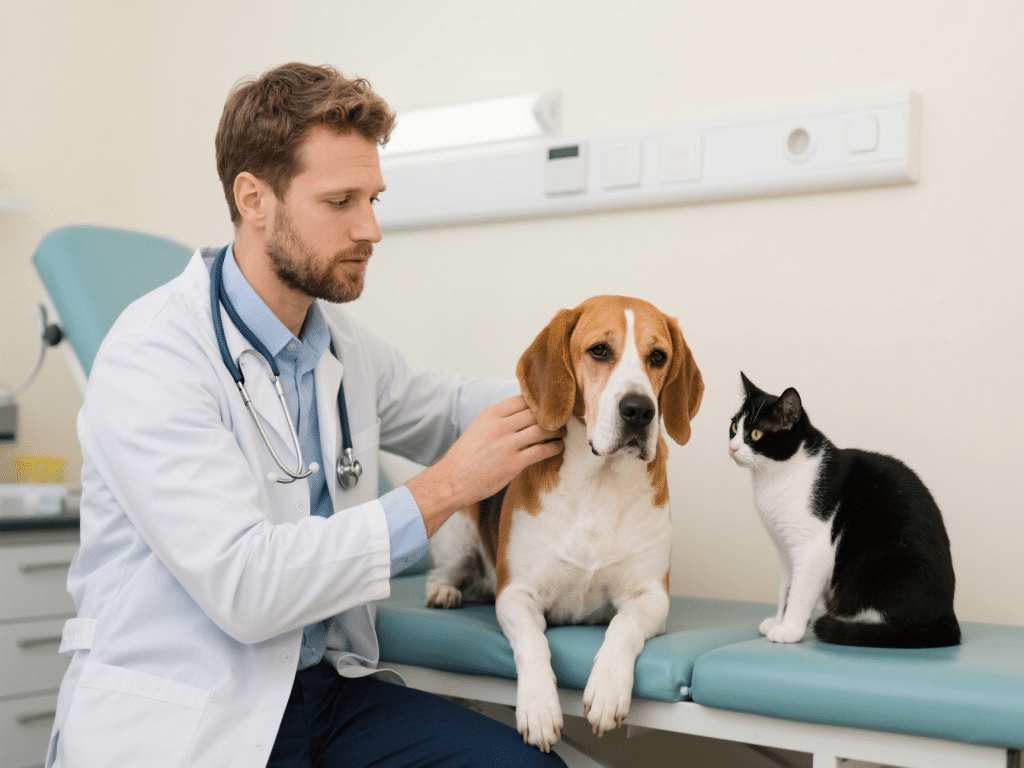
IntroductionMental health in pets is often overlooked, yet cats and dogs can experience de...

Choosing the Right Dog Breed for Your LifestyleBringing a dog into your life is rewarding,...
Comments on "Introducing Solid Food to Kittens: Step-by-Step Weaning Protocol" :